Deborah Addison Coburn
B.F.A. '74
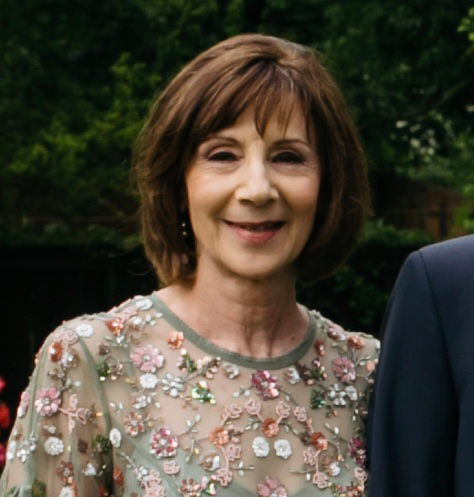
Deborah Coburn, headshot.

Both Sides Now (2021), acrylic and oil on canvas, from Ignorance Was Bliss series.

The Calm Before the Storm (2019), watercolor on Waterford paper, from Ignorance Was Bliss series.
Projects
The Bluest Day (2005–06)

The Bluest Day (2006), mixed media on paper, 32" x 42".

Jacob’s Ladder (2005), oil on canvas, 30" x 40".
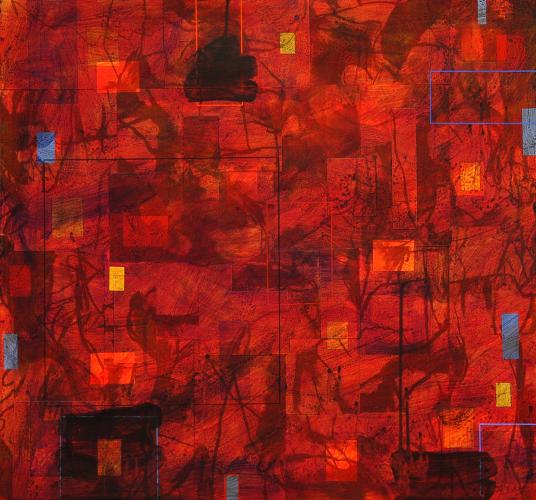
The Only Cloud (2006), mixed media on paper, 28" x 26".
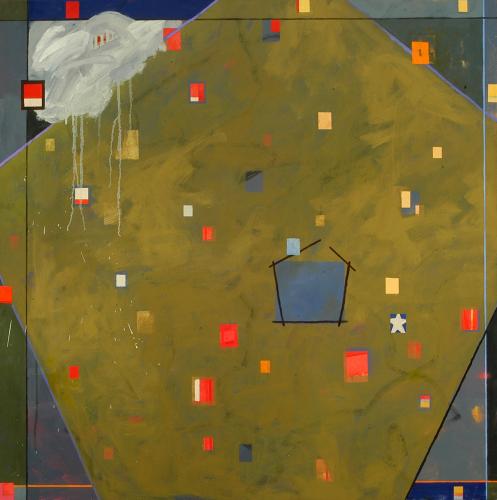
Pentagon (2006), acrylic and oil on canvas, 40" x 40".

Effigy (2005), mixed media on linen, 36" x 48".
Oil & Water (2011–17)

Connections (2011), oil on linen, 32" x 58".
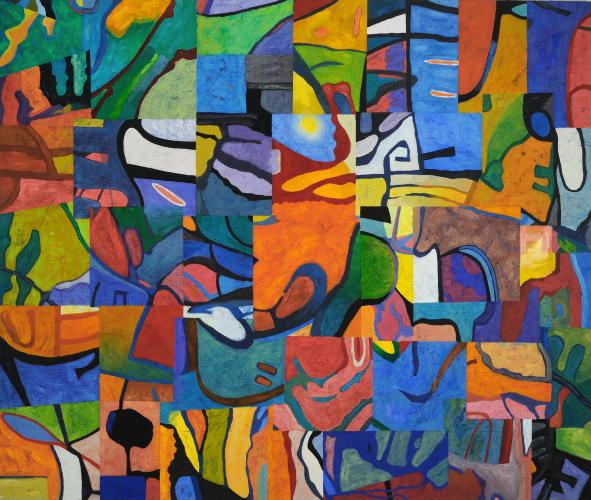
Conglomeration (2016), oil on canvas, 36" x 40".
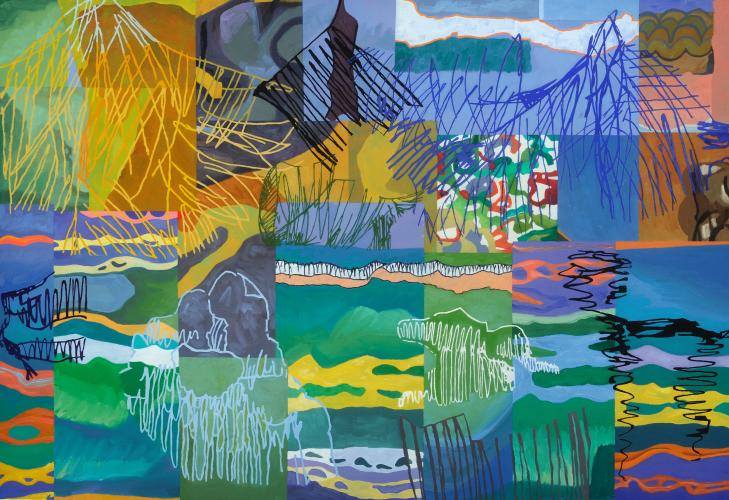
By the Sea (2012), oil on linen, 44" x 30".
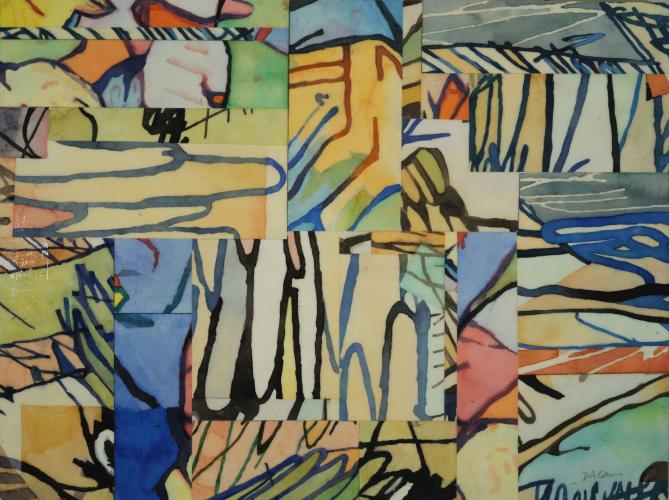
Go With the Flow (2016), watercolor on Arches paper on board, 24" x 18".

Asterisk (2017), watercolor on Arches paper on board, 24" x 18".
Seeing Through the Mind's Eye (2014–15)
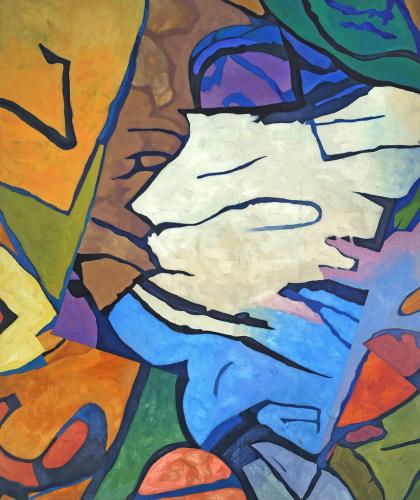
Off the Top (2014), watercolor on Arches paper, 16" x 12-1/4".
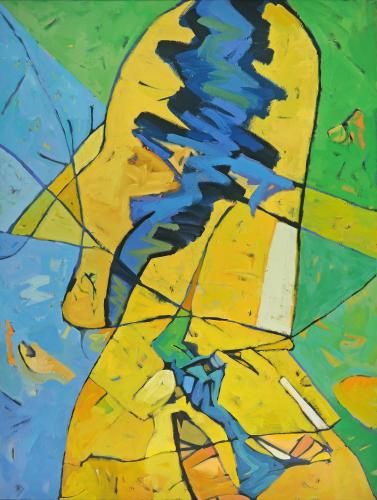
Yellow Head (2014), oil on linen, 38" x 50".
Sprite (2015), oil on linen, 38" x 50".

Dick (2015), watercolor on Arches paper, 12-1/4" x 16-1/8".
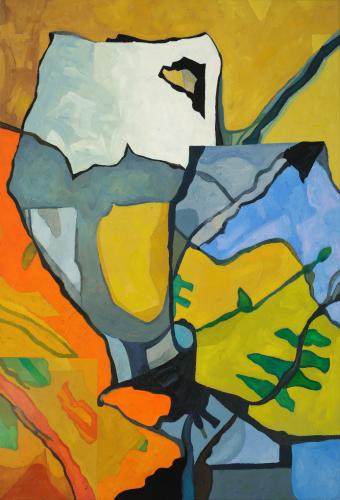
Landed (2015), watercolor on Arches paper, 9" x 12-1/8".
One Family (2017–18)
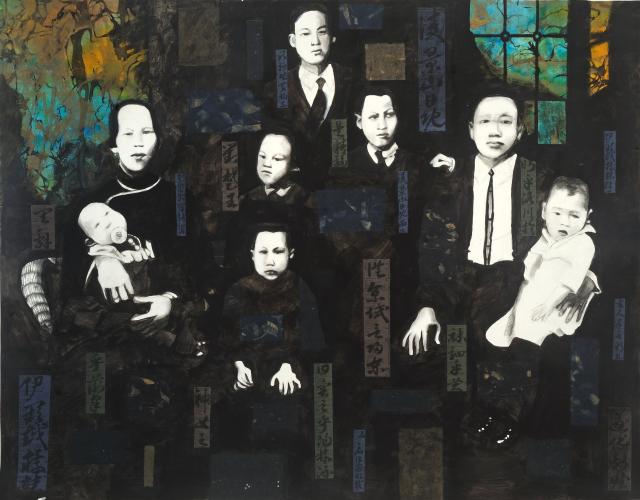
Lee Family in Montreal (2017), charcoal and collage on paper, 50" x 39".
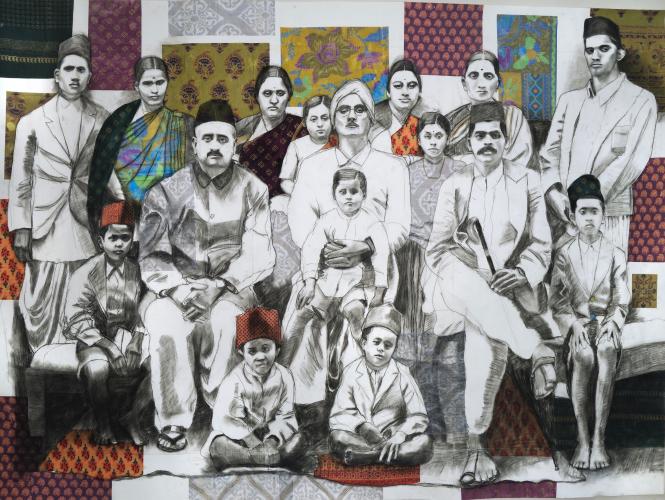
A Grandfather's Pride (2017), charcoal and collage on paper, 66" x 49".
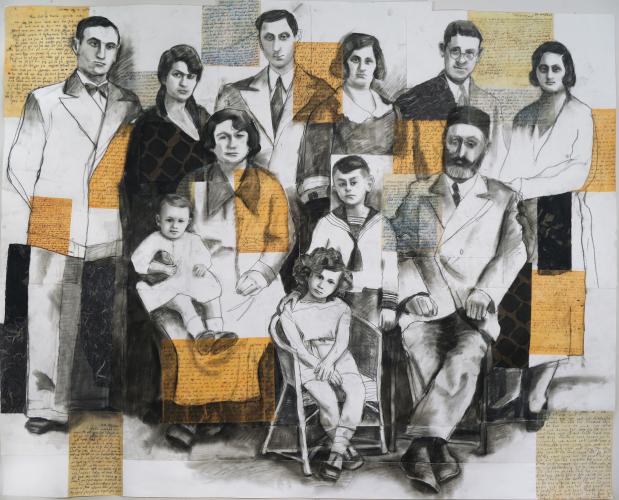
Lost in Translation (2017), charcoal and collage on paper, 57" x 46".
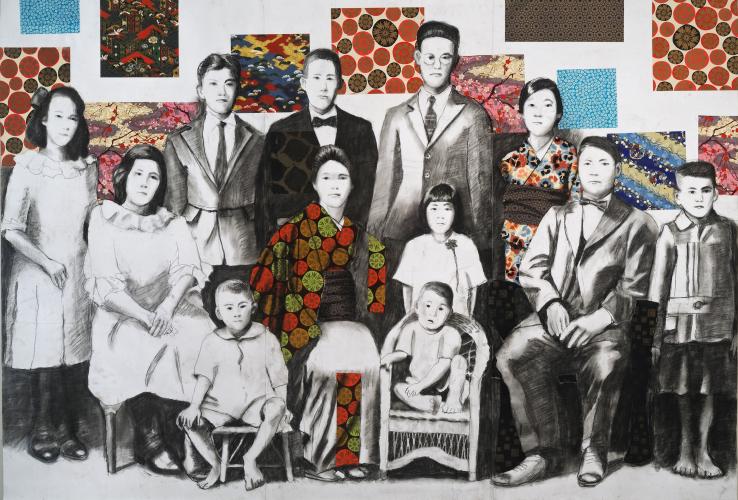
Ishii Family in Hawaii (2017), charcoal and collage on paper mounted on canvas, 56" x 38".

Family Reunion (2017), charcoal and collage on paper mounted on canvas, 59" x 26".
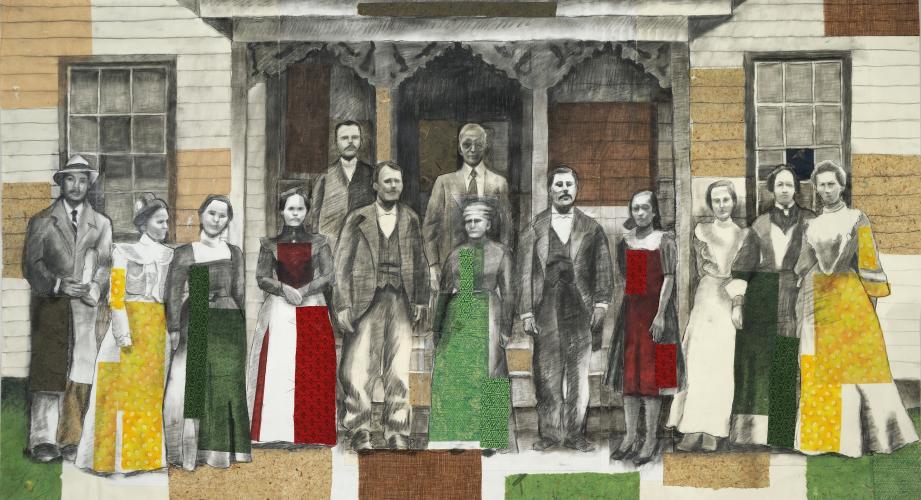
A Blended Family (2017), charcoal and collage on paper, 67" x 37".
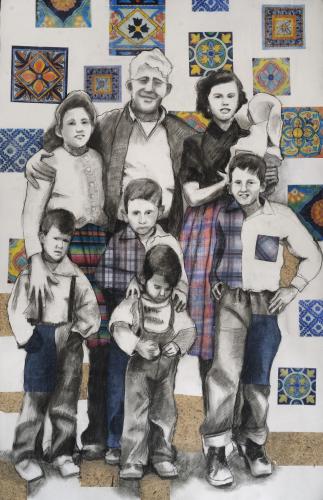
Mexican Family (2018), charcoal and collage on paper mounted on canvas, 26" x 40".
Ignorance Was Bliss (2019–21)
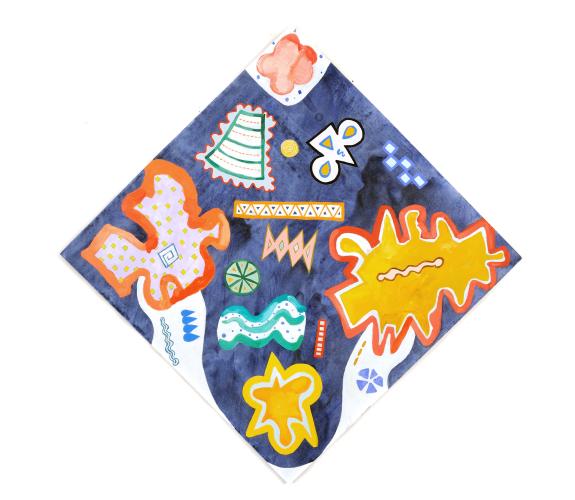
Both Sides Now (2021), acrylic and oil on canvas, 51" x 51".
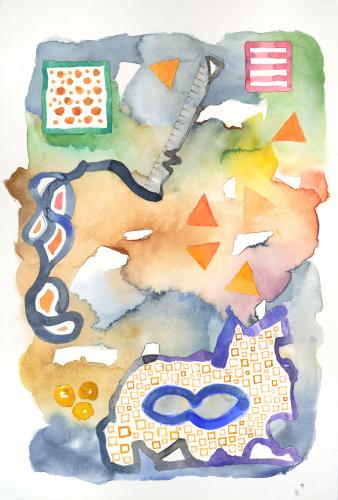
Before We Miss It (2019), watercolor on Waterford paper, 20" x 28" framed.

Back Then (2019), watercolor on Waterford paper, 20" x 28" framed.
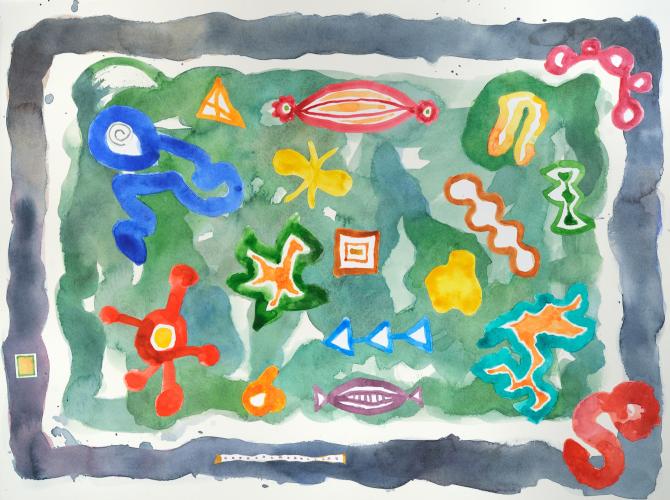
The Calm Before the Storm (2019), watercolor on Waterford paper, 24" x 20" framed.
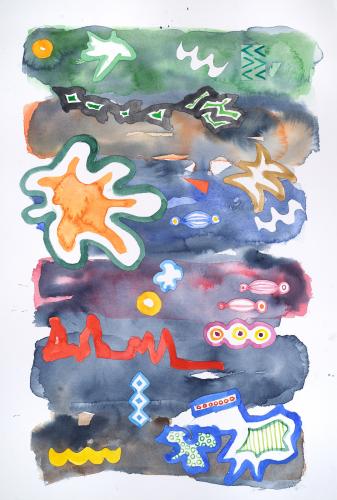
Unknown Known (2019), watercolor on Waterford paper, 20" x 28" framed.
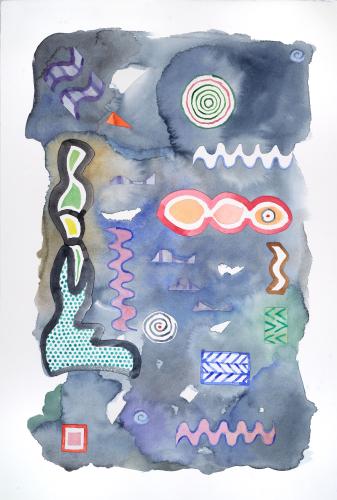
Clueless (2019), watercolor on Waterford paper, 20" x 28" framed.
Color: Lorem ipsum dolor sit amet, consectetur adipisicing elit. Distinctio, eveniet?
